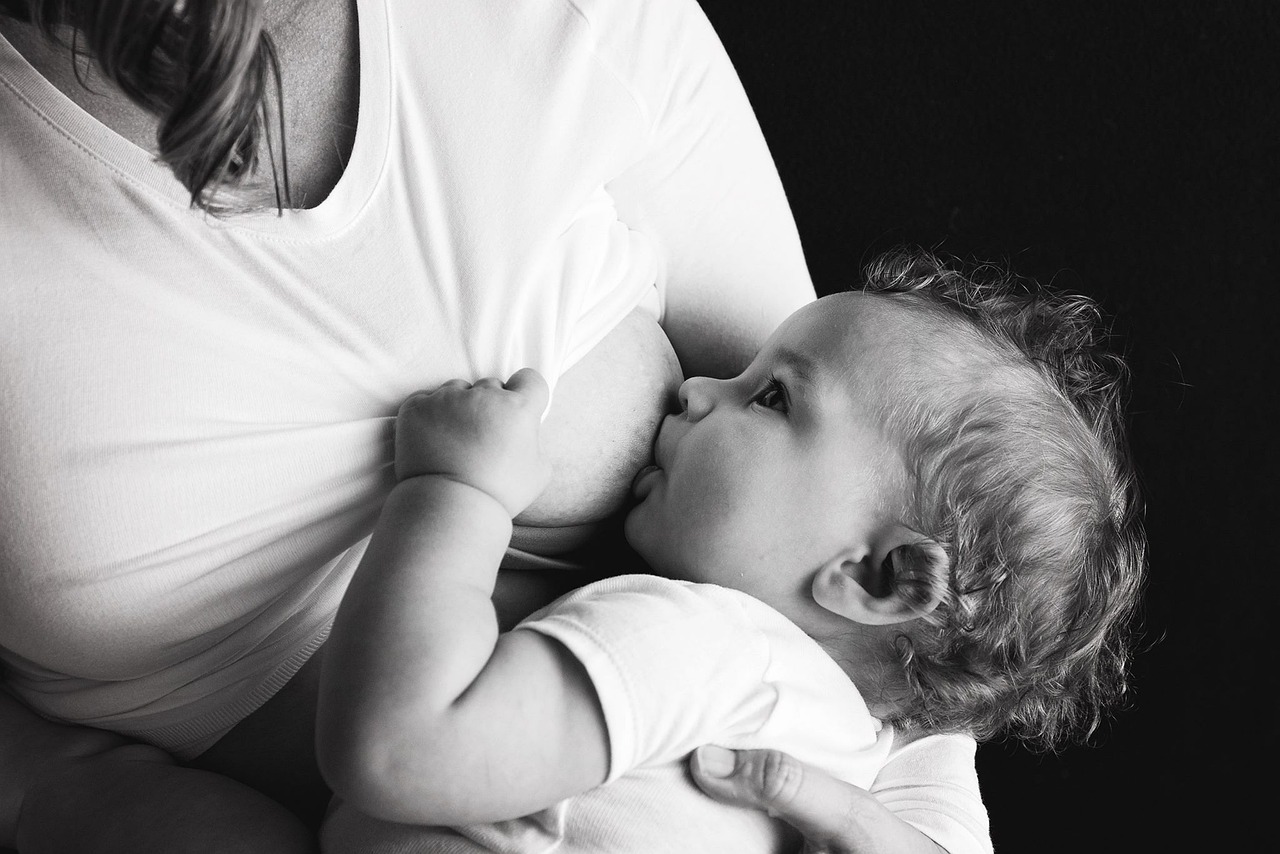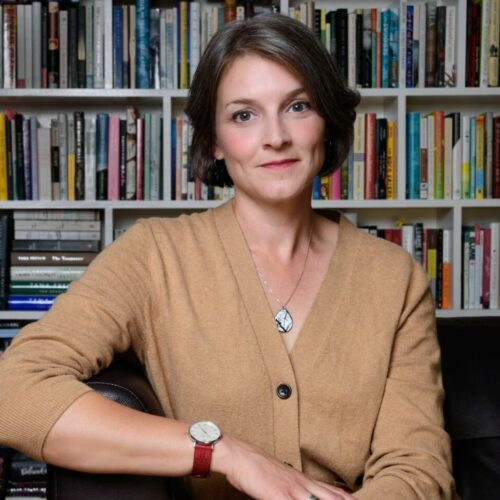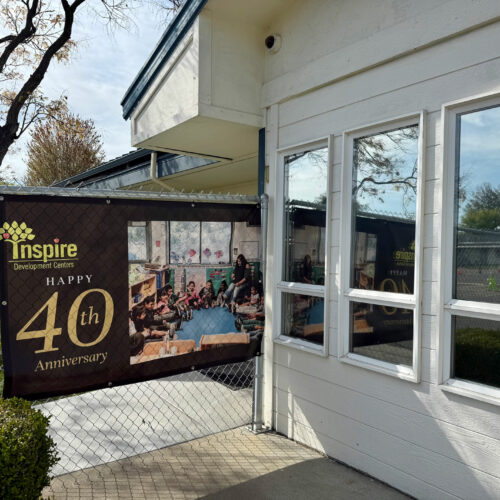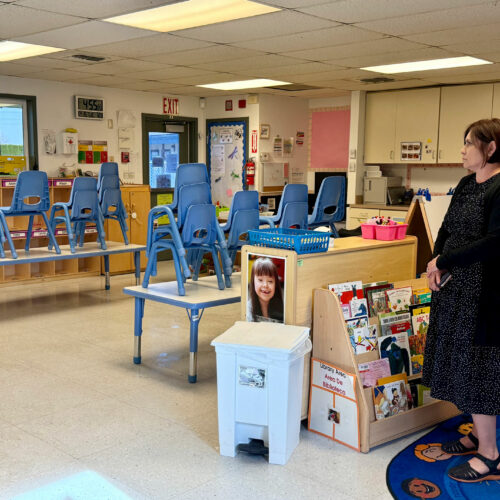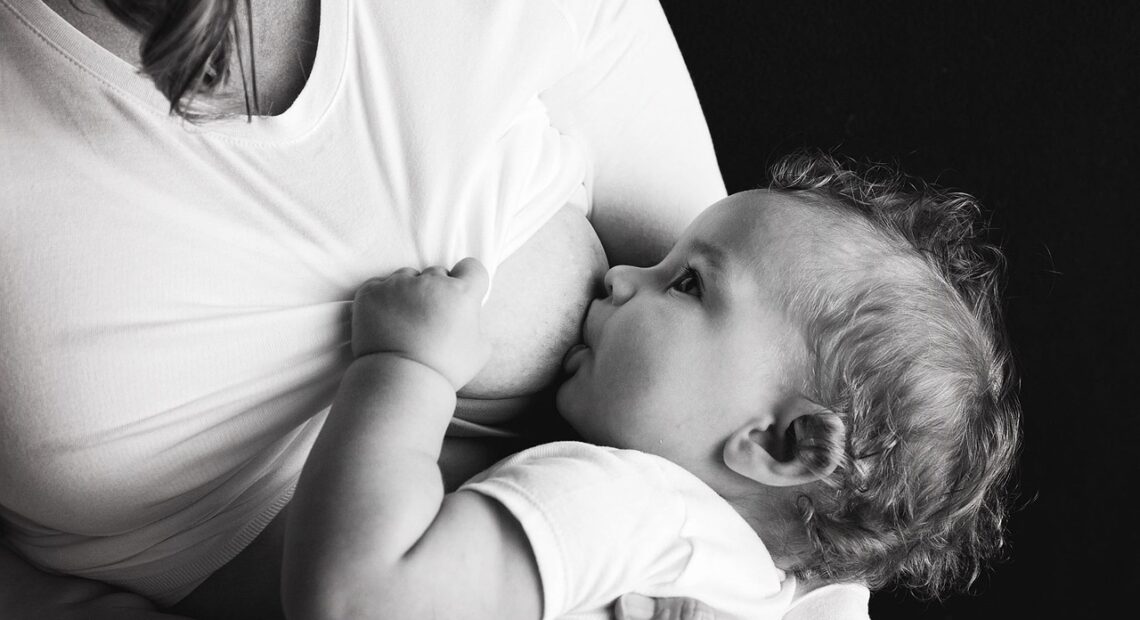
University of Idaho researcher investigating correlation vs. causation in breast milk benefits
Listen
(Runtime 1:05)
Read
August is National Breastfeeding Month. Many moms, or moms-to-be, will have heard the term “breast is best.” The adage refers to the generally accepted idea that breastfeeding is the healthiest option for infant health.
However, that advice may be more complicated than mothers have been led to believe.
Bethaney Fehrenkamp is a clinical assistant professor of immunology working at the University of Idaho, and runs a lab focused on infant immune development.
She said while there are correlations between breastfeeding and health indicators such as frequency of infectious diseases, it’s not clear that breastfeeding is the sole cause.
“We will see some protective effects,” she said. “But we make a lot out of these correlations and limited studies. And we don’t really know a lot about what that mechanism is underneath.”
One such example can be seen in Idaho, Fehrenkamp said. Breastfeeding is generally correlated to lower obesity rates later in life. But despite the state’s relatively high breastfeeding rates, that benefit isn’t reflected in Idaho, where over 67% of adults are overweight or obese, according to data from the Idaho Department of Health and Welfare.
One problem with current research, she said, is that much of the research about breastfeeding is not representative of the population as a whole. Factors such as access to health care and a mother’s socioeconomic status, or SES, could play a major role in infant health.
“Most of the breastfeeding studies in Idaho have been done on all white women,” she said. “Here at the U of I, it’s easy to get educated, higher SES women who breastfeed. While that’s important, I don’t think that covers the diversity of Idaho women.”
Fehrenkamp is currently working on a study that will be more representative of the state’s diverse population, she said.
The study looks at women and their babies, both from mothers who breastfeed and those who do not. They recruited from a diverse range of backgrounds, Fehrenkamp said.
That study will continue to recruit moms and pregnant women through around February, she said, with the aim of reaching 30 mothers and babies. So far, they have 13 pairs.
Fehrenkamp’s recruitment has included collaborations with local groups and health care providers that work with diverse populations, in-person introductions, word of mouth and promotion with local mom groups online. Those groups also help her disseminate the results of her research.
“I’m paid by taxpayer money,” she said. “I feel like the women own that research, and that’s what I want. I want to learn things that then I can directly put into the hands of moms that can help them.”
Fehrenkamp will collect information on things including sleep, nutritional information and medical records. She follows the mother and child over the course of six weeks, which represents a critical time in a child’s immune development.
In those early weeks, Fehrenkamp said, the immune system is functional, but doesn’t work at the same level as an adult immune system because it’s never had to do anything.
The difference is like watching 5-year-olds play soccer and comparing it to professionals playing the same game.
“I mean — it is soccer, right?” she said. “But then if you watch professionals play soccer, you watch soccer in the Olympics, it’s a very different looking game.”
Another study Fehrenkamp’s lab is working on looks at how mothers’ sleep cycles and stress levels may affect infants.
Some moms, particularly in online spaces such as TikTok, have been discussing how breast milk pumped in the morning or night may affect their baby’s sleep cycles, she said.
In addition to those short-term impacts, Fehrenkamp said, she is interested in how stress and sleep disturbances that mothers experience could affect long-term health for babies.
Adults who regularly have their circadian rhythms disturbed are known to have an increased risk of negative health outcomes including cardiovascular disorders and strokes. But it’s unclear if or how that could translate to infants whose mothers are under those stressors.
“I’m very curious if enough of that could be transferring to infants, to where essentially we’re making them shift workers when they’re young,” she said. “Because for the first time, we’re seeing generation lifespans actually shorten, even though we’ve had health care advances.”
That study will only be working with 15 women, Fehrenkamp said, and is designed to be a one-day commitment. It would function as a pilot to inform larger research projects with more women, she said.
While she works to learn more about how breastfeeding is connected to infant health, Fehrenkamp said it’s also important to provide support to moms.
Mothers who choose to breastfeed often must consider whether their work is supportive of breastfeeding, she said. They may struggle to find a place to pump, and face time constraints and cost-related hurdles pumping breast milk and buying equipment to do so.
Moms also face pressure and shame when they don’t breastfeed their babies, Fehrenkamp said. But not every mother is able to breastfeed, for logistical and sometimes physiological reasons.
In her work as an educator, she said she always tries to make sure medical students understand the challenges mothers face in breastfeeding.
“If we start to acknowledge it’s not easy, then we can then start to better support moms,” she said. “If we have healthy moms, I think moms will make healthy babies.”
Fehrenkamp said above all, she’s interested in doing research relevant and useful to mothers of all backgrounds. Research with diverse sources can make the science messier, she said, but it’s important to serve all mothers.
“Most scientists, we want to keep those standard deviations real tight. We want publishable data,” Fehrenkamp said. “I want translatable data. I want it to talk to all women, be something that all women in Idaho can actually be a part of. And (understand what) it means about them.”

